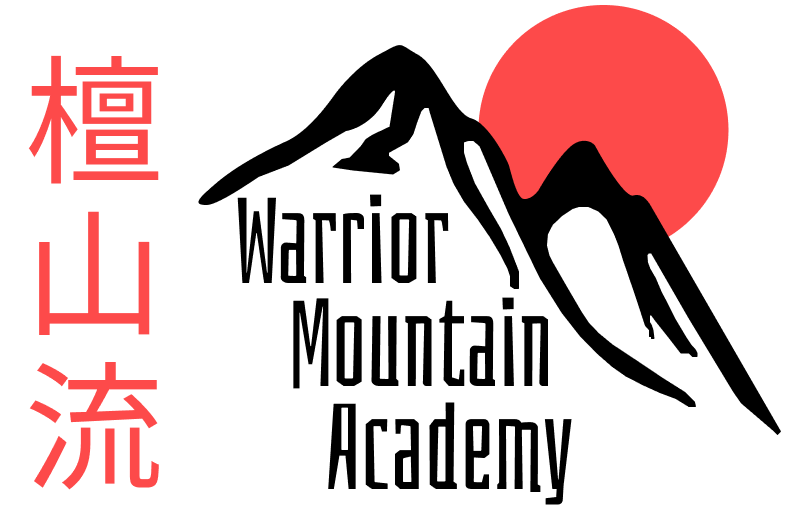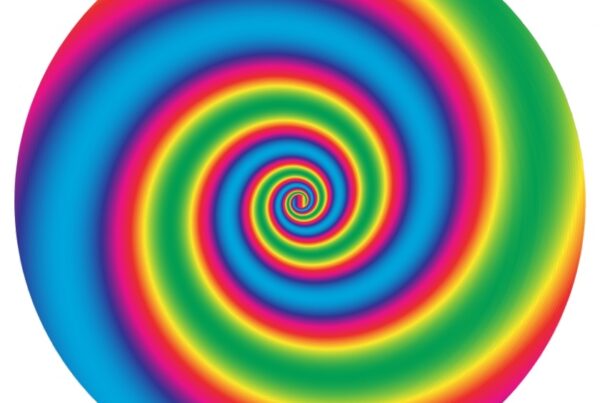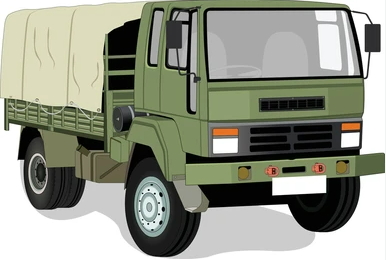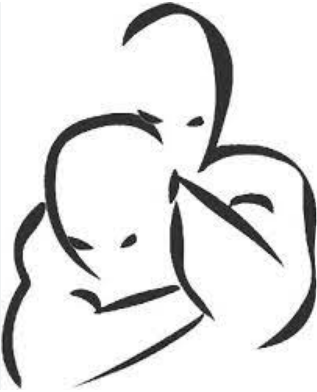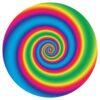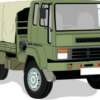A friend of mine recently shared with me an experience he had not long ago.
He found himself in an elegant room looking at an exquisite painting hanging on the opposite wall. He was so impressed by the authentic, original artwork that he wanted to move closer in order to observe it in greater detail.
The closer he got to the painting, the more fixated he became on the actual paint and brush stroke techniques used to create the masterpiece. He recalled standing so close to the painting that he could no longer see the painting as a whole, for what the artist intended it to represent. But once he stepped back a few feet from the picture, he was able to get a fresh perspective and once again, literally, see the big picture.
His experience reminded me of the idiom “Can’t see the forest for the trees,” meaning that a person fails to see the big picture—the forest—because they are too focused on the details—the trees.
Forms, or kata, are an integral part of most traditional martial arts because they teach valuable concepts, such as proper technique, precision, power, breath control, focus, and muscle memory. Forms also document movements, impart lessons learned, and help preserve the systems themselves.
As essential as the forms are, practitioners of traditional martial arts should remember to apply them as intended and to guard against counterproductive and impractical attachments to them.
Sometimes we need to step back, take a deep breath, and take in the big picture. Brush stroke techniques and paint are integral to the creation of a painting, but they are not the painting. Forms, or kata, are an essential part of the journey to becoming a skilled martial artist, but they are not the system itself. They may, however, be regarded as a vehicle to take you to the objective which, according to Professor Henry S. Okazaki, founder of Danzan Ryu Jujitsu, is Perfection of Character.

